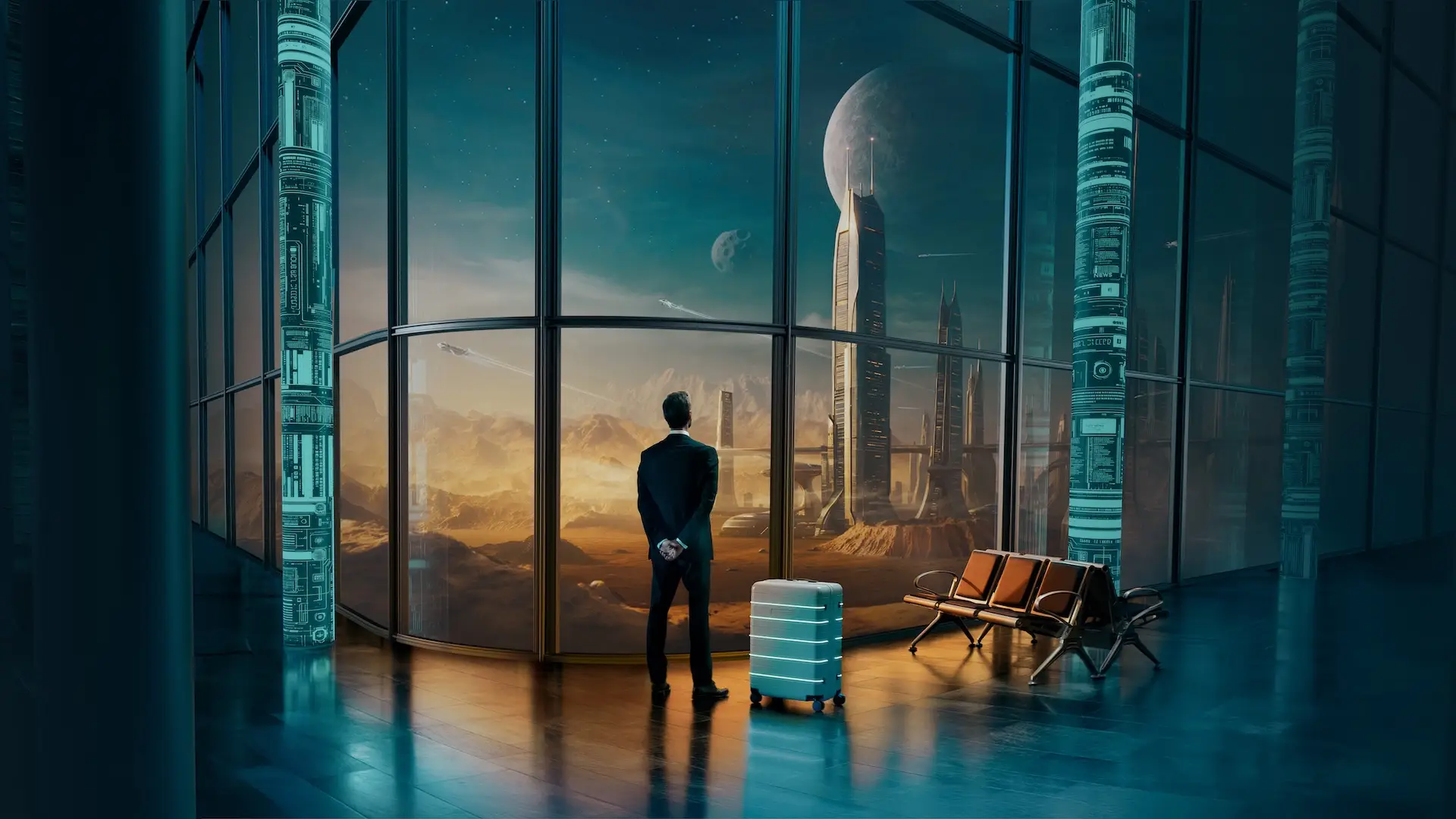On 13 November from 18:00, experts will discuss space exploration: who will own space if mankind succeeds in getting a foothold, what is currently being developed and what it will take to get us to Mars.
Less than four years between the launch of the first satellite, Sputnik-1, and Yuri Gagarin’s space voyage, and only eight years from then for Neil Armstrong to become the first man to walk on the Moon, the race between the United States and the Soviet Union in the 1950s and 1960s gave space exploration a spectacular boost. Although space tourism is still a privilege for the richest, and astronauts still visit the International Space Station instead of the Moon, astronautics is still a field of exciting discoveries and developments.
When can a base be built on the Moon? When can we send a man to Mars, and what conditions must be met before we can mine? MVM Future Talks 2025 will seek answers to these questions.
Peti Puskás-Dallos, the ambassador of the sixth MVM Future Talks, travelled from Krakow to Tokyo to meet experts and dreamers who believe in moonshot thinking – in setting goals that seem impossible to achieve. He has visited a private space company working to put 1,000 people on the moon in 15 years, Tohoku University, which develops robots, and the asteroid analysis agency JAXA. He also spoke to Tibor Pacher, founder of Puli Space Technologies, who is helping to keep Hungary at the forefront of space exploration with a home-grown “water sniffer”. The documentary is produced by MVM Zrt. The documentary is available on the YouTube channel of MVM MVM.
On the talk show on 13 November from 18:00 on mvmfuturetalks.hu, internationally renowned astrophysicist Neil deGrasse Tyson will be the guest of the show, who will share his views on the concept of the space elevator and whether we should really be aiming for Mars. He will be joined by a space doctor, a space lawyer and a number of other national experts.







